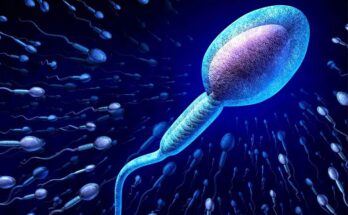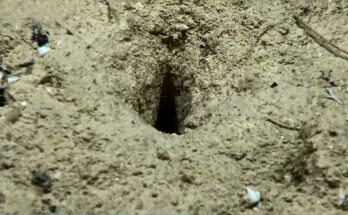Honey Bees can solve arithmetic problems better than many human. Image Courtesy – Welcome Wildlife
New research released earlier this year that honey bees, having 20,000 times smaller brain than a human being, are efficient of grasping complicated arithmetic. The study proved that bigger should not be always better as far as brains are concerned.
In this study, scientists used two types of colour-coded shapes – yellow and blue- to train 14 honeybees to solve basic arithmetic problems. After training, the honeybees are given a new math problem along with 2 feasible solutions for that. The scientists found that more than 60% of the bees succeeded in selecting the right answer. The result is much higher than what we usually expect from a random chance or an absolute luck factor for human beings.
Read: Jet Streams – how much important they are for Flight travel?
Honeybees were taught to distinguish different colours for different mathematical performances. The yellow colour was set for subtraction and the blue colour for addition. A group of yellow shapes defined that counting of the total number of shapes would be decreased by 1; on the other hand, a group of blue shapes defined that counting of the total number of shapes would be increased by 1. So, to anybody, seeing 3 yellow shapes – the total number would be 2(3-1=2) yellow shapes; and anybody, seeing 3 blue shapes, it would count as 4(3+1=4) blue shapes.
The honeybees were placed in a chamber and presented with either blue shapes or the yellow shapes to associate with during their arithmetic capability test. This chamber guided to two different chambers – one with a wrong answer and another with a correct answer. The bees that had been put on test were left free to determine where they would like to go. It was assumed that the bees lead towards the chamber in which the correct answer was set. The researchers noted the result with a margin of error, and ultimately taken into account that bees are efficient in understanding and performing basic arithmetic skills.
This research pointed out to 2 questions:
The 1st question – is intelligence really proportionate to brain size?
And the other question – is mathematics really a complex matter as we expect it to be?
Courtesy – Science Advances





